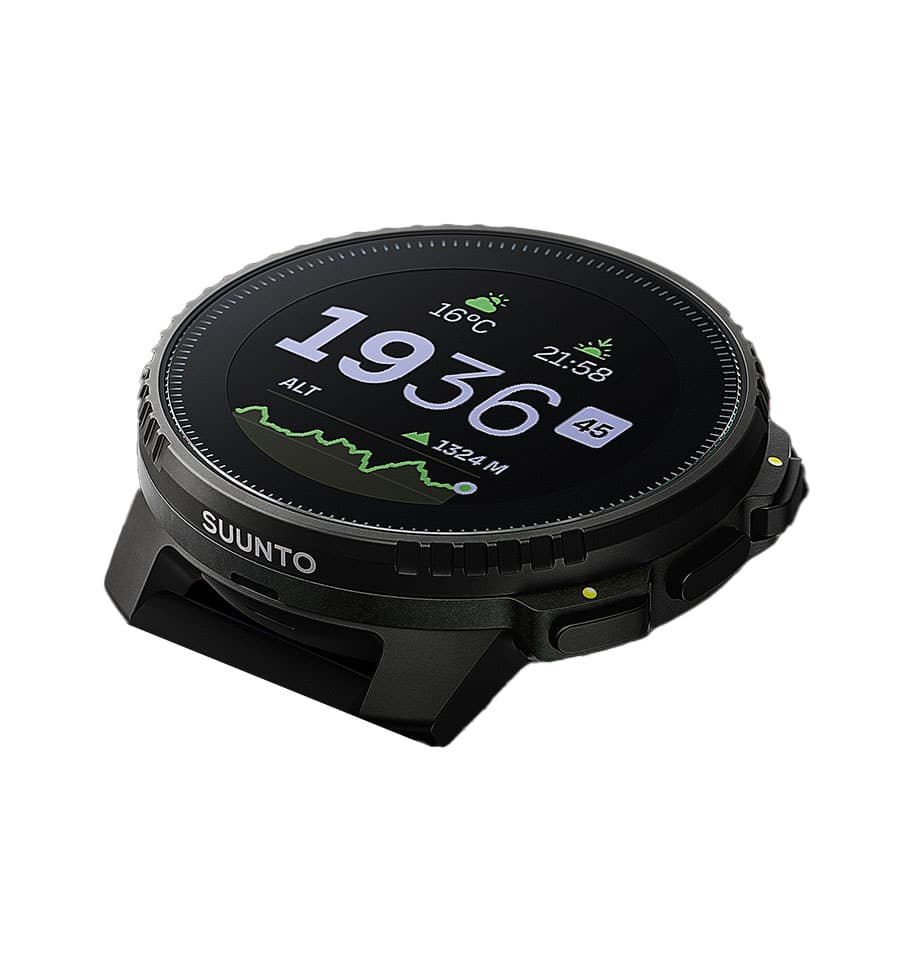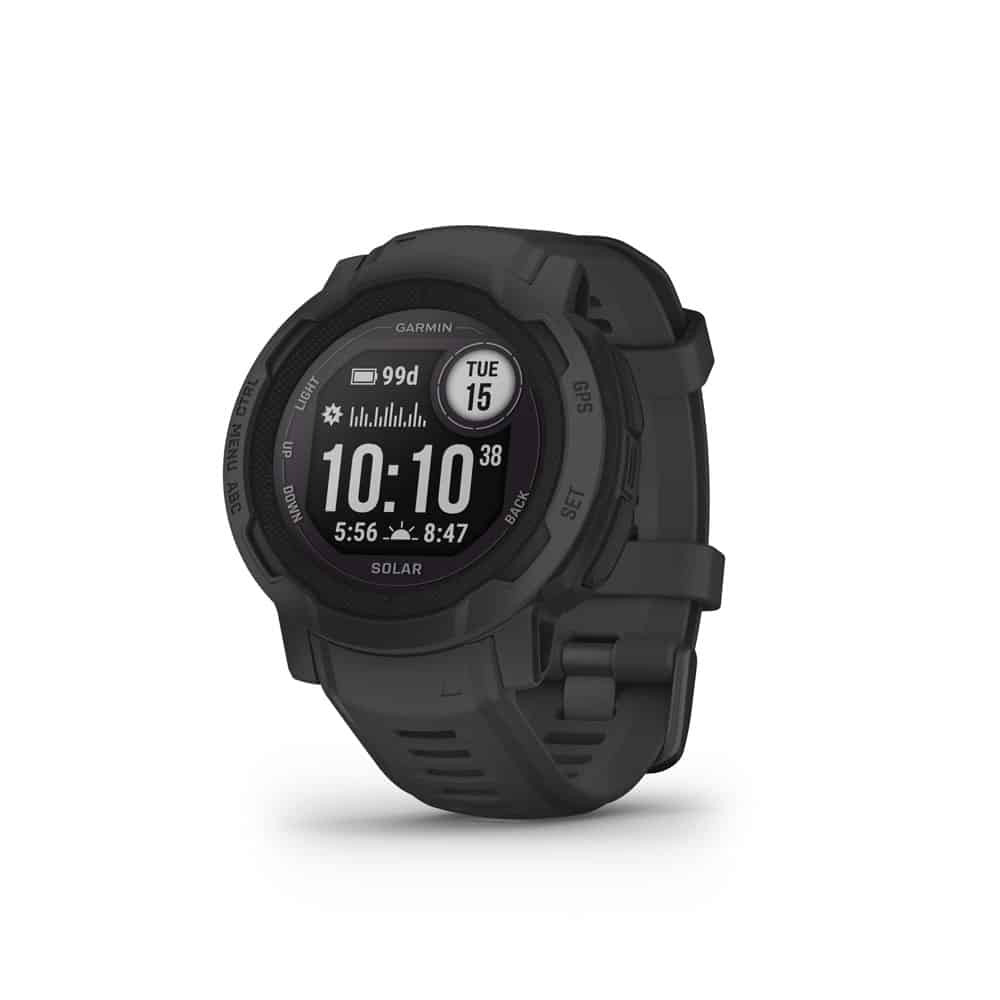An adventurer offers a side-by-side test of two solar-charged GPS watches
GPS watches became popular in endurance sports almost immediately after Casio released the first of its kind back in the late 90s. Since then, manufacturers have made countless strides towards providing athletes with accurate tracking and health information to enhance training. The latest transformation of GPS watches features solar charging capabilities that boost battery life for longer adventures. Two in particular—the Suunto Vertical and Garmin Instinct 2s—have become leading options for adventurers. I spent much of this past year comparing both in the backcountry of the Blue Ridge and beyond.


Photos courtesy of Suunto and Garmin
Suunto Vertical vs. Garmin Instinct 2s
Battery Life
The Suunto Vertical Titanium Solar Watch can last as many as 60 days on a single charge while in its standard time mode. While using training mode and GPS tracking, users can expect to receive up to 30 days of use on a charge.
Comparatively, the Garmin Instinct 2s Solar lasts up to 50 days while using the battery saver watch mode. And during expeditions, users may receive between 25 days of use without using solar charging.
When it comes to battery life, the Suunto Vertical Titanium Solar Watch has a slight edge over the Garmin Instinct 2s Solar Watch. But since both watches are capable of harnessing the power of the sun to boost battery life, they both stay charged longer than most other sports watches on the market.
Accuracy
After several months of regular use in Colorado’s backcountry, I found that the Suunto Vertical and Garmin Instinct 2s watches are well-matched when it comes to accuracy. Both watches can connect to multiple satellite systems in order to provide top-notch data. But on a few occasions, I found that Garmin’s elevation feature was slightly more accurate than the Suunto Vertical’s, giving it a slight edge.
Cost
When athletes are getting ready to purchase a watch, they often evaluate the cost to capability ratio. The Suunto Vertical Titanium Solar GPS watch costs $839, while the Garmin Instinct 2s Solar costs about half that amount, $399.99. While the performance of these watches is neck and neck in many areas, the price point makes Garmin a standout candidate for the average consumer.
Watch Size
The Suunto Vertical Solar Watch face measures 1.93 by 1.93 inches, while the Garmin Instinct 2s Solar measures 0.79 by 0.79 inches. As someone with relatively small wrists, I found myself favoring the Garmin over the Suunto due to its shape and size. But the Suunto’s large watch face does prove to be extremely useful in environments that require navigation and mapping, since it gives you more visual space to monitor your maps.
Water Rating
Both the Suunto Vertical and the Garmin Instinct 2s Solar Watches have a water rating of 10 ATM or 100 meters, making each option a good product for water sports like surfing and diving.
Color Options
The titanium version of the Suunto Vertical Watch comes in four different colors, while the Garmin Instinct 2s Solar offers 26 options that range from neutral colors to wildly exciting color options.
Conclusions
Both the Suunto Vertical Solar Watch and the Garmin Instinct 2s Solar are at the top of the field when it comes to providing athletes with long-lasting batteries, supreme accuracy, and versatility. And the solar charging feature in each watch naturally boosts their appeal.
In my personal experience, I’ve found the Garmin watch is better for classic mountain activities like running and hiking, while the Suunto really seems to excel when rock climbing and surfing. The Vertical showcases that Suunto has made great strides to improve battery life. Garmin’s Instinct 2s matches this performance, but watch’s 5-button system can be clunky and complicated to operate. Still, the extremely lower price point makes the Garmin tough to beat.
The Suunto Vertical Solar Watch
Pros:
Durability
Improved battery life
Ease of use
Flexible mapping features
Heightened accuracy
Cons:
Huge watch face
Price point
The Garmin Instinct 2s Solar Watch
Pros:
Compact size
Value
Workout modes
Navigation
Cons:
5-button design
Short wristband
Cover photo: courtesy of Getty Images








